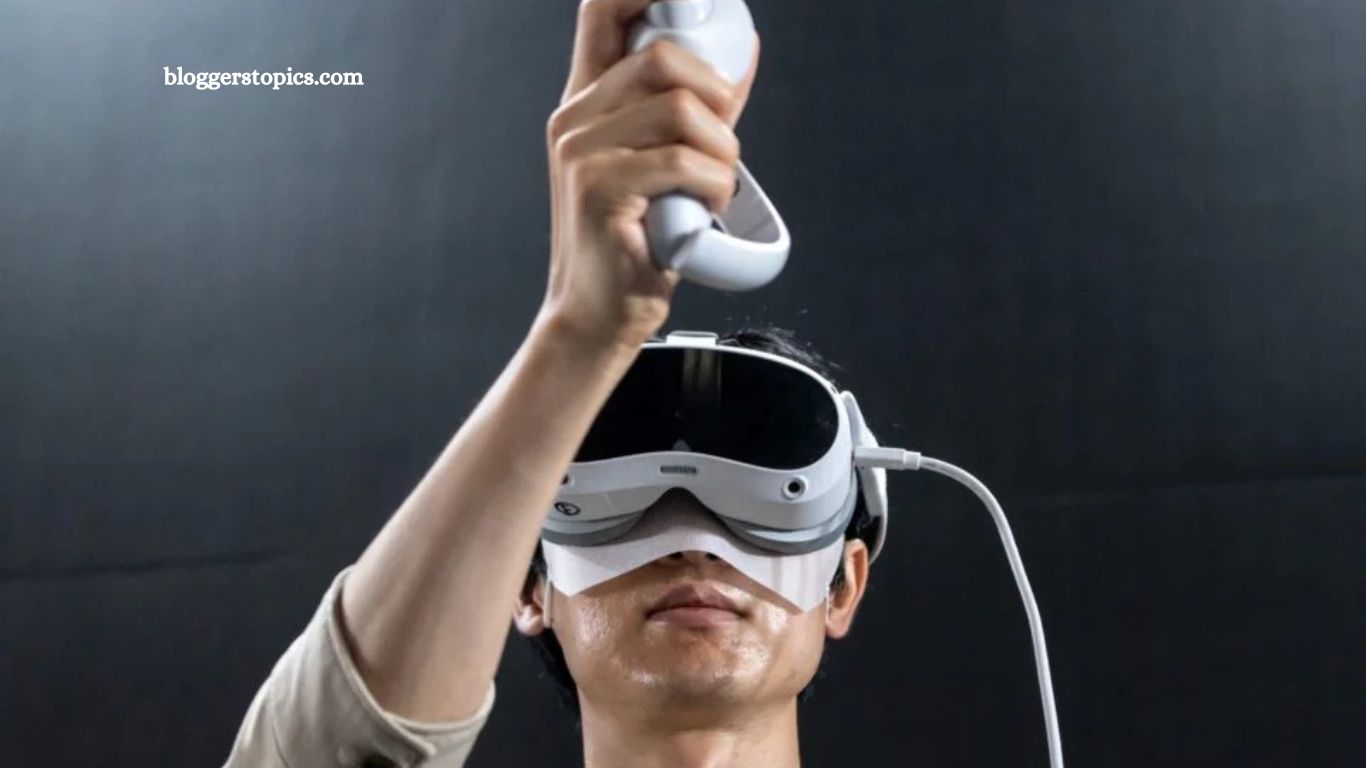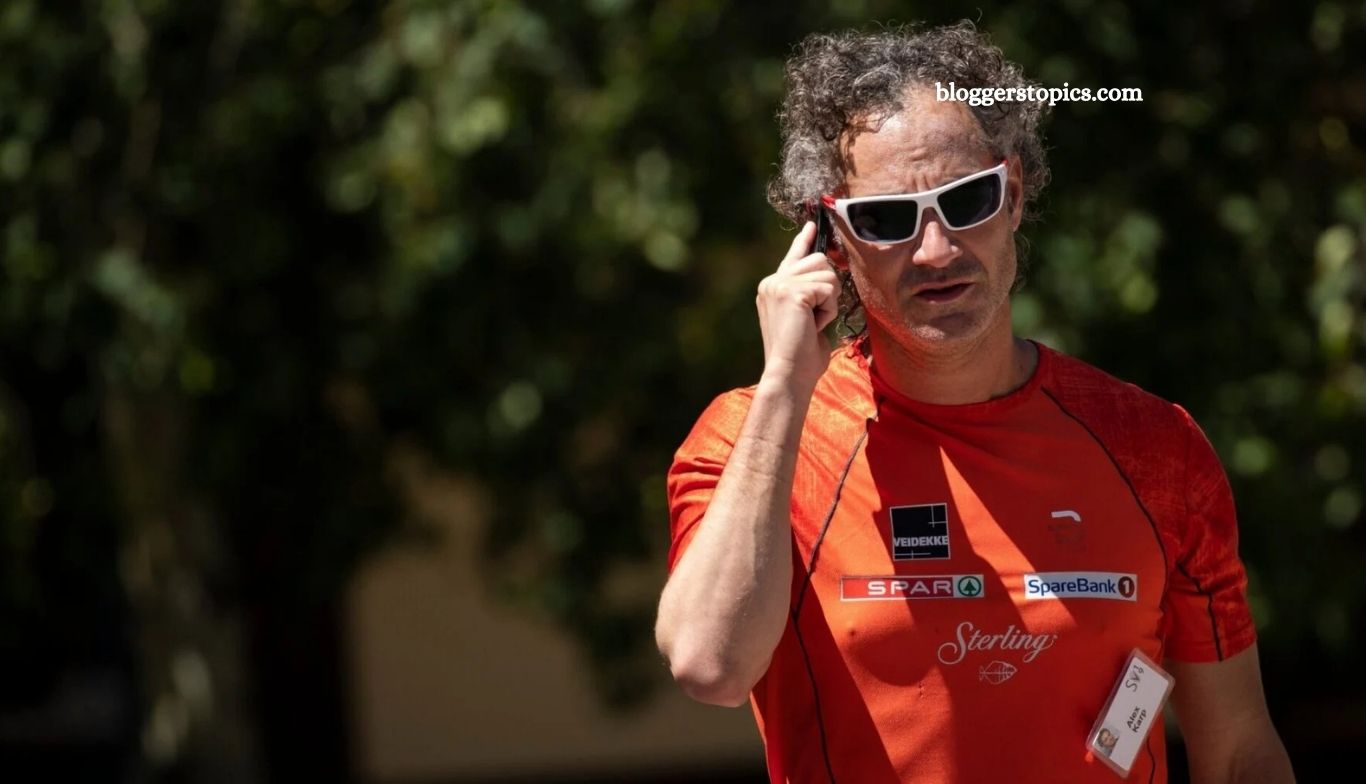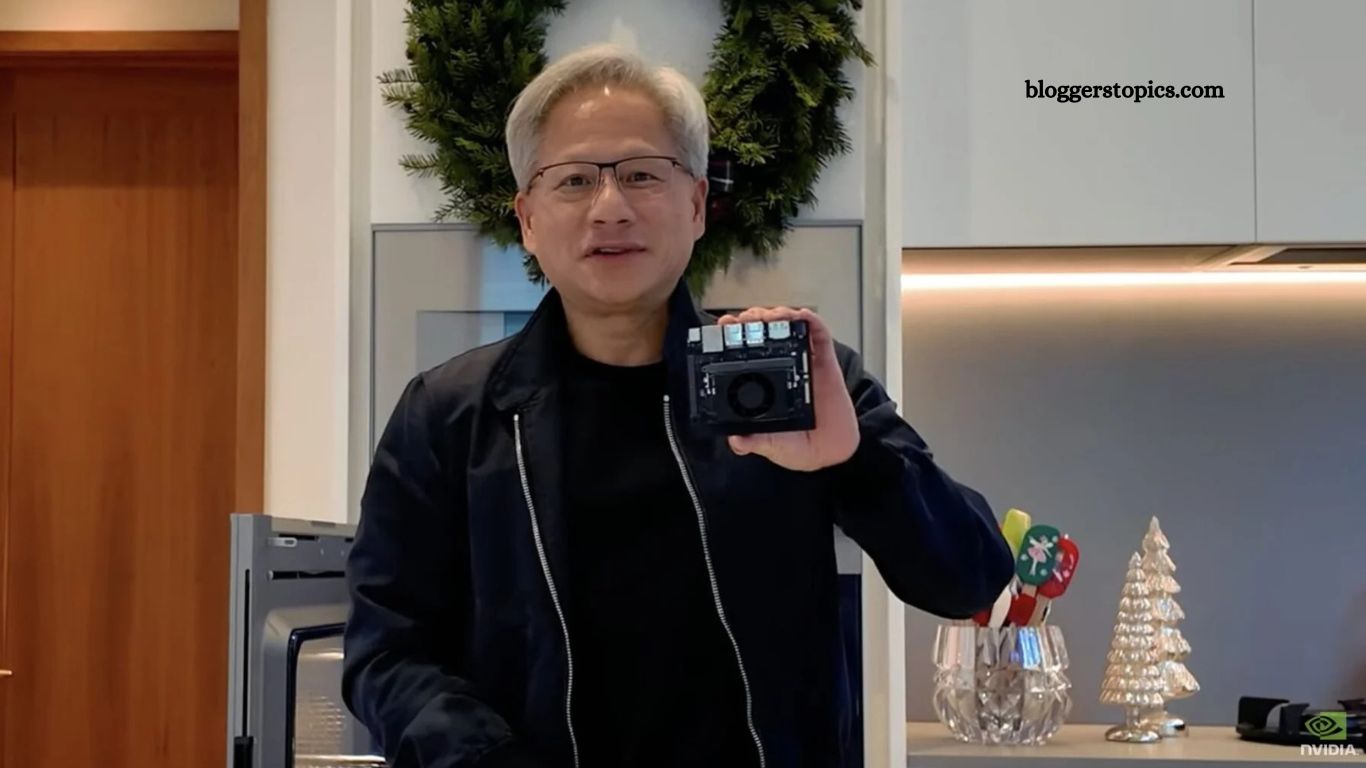ByteDance, the parent company of TikTok, is reportedly preparing to enter the growing XR (Extended Reality) market with a new pair of lightweight AR glasses codenamed Phoenix. According to a report from The Information, these goggle-style glasses aim to deliver digital passthrough, hand and eye-tracking, and a comfortable form factor—all at a more accessible price point than premium devices like Apple’s Vision Pro or Meta’s Quest 3.
Weighing just 100 grams, Phoenix could offer a lightweight, user-friendly alternative in a space still searching for its breakout moment. With ByteDance’s global influence and deep resources, this move could signal a significant shift in the XR landscape—if the company can execute on both price and performance.
Read More: Tesla Implements Strategic Measures in Canada Amid Significant Sales Decline
Phoenix: Positioned Between Meta Quest and Apple Vision Pro
Unlike many early-stage XR concepts, Phoenix is reportedly designed as a goggle-style AR headset, with features that place it between Meta’s Quest 3 and Apple’s Vision Pro. While it may not reach the ultra-premium specs of Apple’s $3,500 “spatial computer,” it does offer some intriguing capabilities—especially for something expected to be far lighter and likely more affordable.
A Featherweight in the AR World
Phoenix is expected to weigh just 100 grams, a significant reduction compared to Meta Quest 3 (515g) and Apple Vision Pro (650g). This lightweight form factor makes the device much more wearable for everyday use, although it will likely come at the cost of some technical compromises.
For example, while the Vision Pro boasts high-resolution micro-OLED displays, the Phoenix’s compact build may mean more modest visual fidelity. But that trade-off could prove worthwhile if the headset delivers core AR/XR features at a lower cost and better comfort.
Core Features: Digital Passthrough and Eye-Tracking UI
Despite the slimmed-down design, the Phoenix headset will still borrow high-end features from flagship devices. According to The Information, users can expect digital passthrough capabilities—similar to what’s seen on Meta’s Quest 3. It will also include a controller-free interface, relying on hand and eye-tracking for navigation, echoing Apple’s visionOS-powered user experience.
Affordability May Be ByteDance’s Trump Card
While the report does not detail pricing, it’s safe to assume that Phoenix will cost significantly less than the Vision Pro. That’s not a high bar, considering Apple’s headset retails at $3,500, but affordability could be a critical advantage if ByteDance wants to appeal to mainstream consumers.
This strategy closely mirrors Meta’s approach with the Quest 3S, a headset priced at just $299, which delivers a compelling XR experience without the ultra-premium bells and whistles. Meta’s bet on accessibility has paid off: in just three quarters, it sold 3 million Quest 3 units, compared to Apple’s estimated 370,000 Vision Pros in the same timeframe.
Following Meta’s Playbook for Success?
ByteDance’s rumored strategy seems to align with the model that has worked for Meta’s smart glasses. The Ray-Ban Meta Smart Glasses, for instance, don’t have immersive displays like Xreal’s glasses, but they’ve found success by offering just enough functionality—plus a more socially acceptable form factor.
They prove that lightweight, affordable, and “good enough” can win in a space still trying to find its footing. XR is still a young market, and consumers are not yet tied to any one platform or ecosystem.
Can ByteDance Break Through?
It’s worth noting that ByteDance already owns Pico, a VR hardware company that has struggled to compete with Meta’s dominance. But Phoenix is reportedly a fresh effort with a new design, new features, and possibly a new market strategy.
And with TikTok’s global reach and vast financial resources, ByteDance has the infrastructure to potentially disrupt the space—if it can strike the right balance between price, performance, and usability.
Frequently Asked Questions
What is ByteDance, and why is it entering the XR market?
ByteDance is the parent company of TikTok. It’s reportedly exploring the XR market to expand beyond social media and compete in the growing space of AR/VR hardware.
What are XR glasses or XR headsets?
XR stands for Extended Reality, which includes Augmented Reality (AR), Virtual Reality (VR), and Mixed Reality (MR). XR glasses offer immersive or enhanced digital experiences through wearable displays.
What are ByteDance’s AR glasses called?
The project is reportedly codenamed “Phoenix”, according to a report by The Information.
How do these AR glasses compare to Meta Quest or Apple Vision Pro?
Phoenix is expected to sit between the two in terms of features. It will likely be lighter and more affordable than both, while offering essential features like digital passthrough and eye-tracking.
What is digital passthrough?
Digital passthrough allows users to see the real world through external cameras on the headset, layered with virtual content—blending physical and digital environments.
How much will ByteDance’s Phoenix glasses cost?
While no official price has been confirmed, experts expect the glasses to be significantly cheaper than Apple’s $3,500 Vision Pro.
Will the Phoenix headset need controllers?
No. Like Apple’s Vision Pro, Phoenix is expected to feature a controller-free interface using hand and eye-tracking for user input.
Conclusion
If the Phoenix headset does come to market, it could offer an enticing alternative to today’s heavyweight (and heavy-on-the-wallet) AR headsets. While it may not deliver the most advanced visuals or immersive experiences, it could lower the barrier to entry—just like the Quest 3S and Meta’s smart glasses have done.
And in an industry still waiting for its true iPhone moment, that kind of accessibility might be exactly what XR needs.







